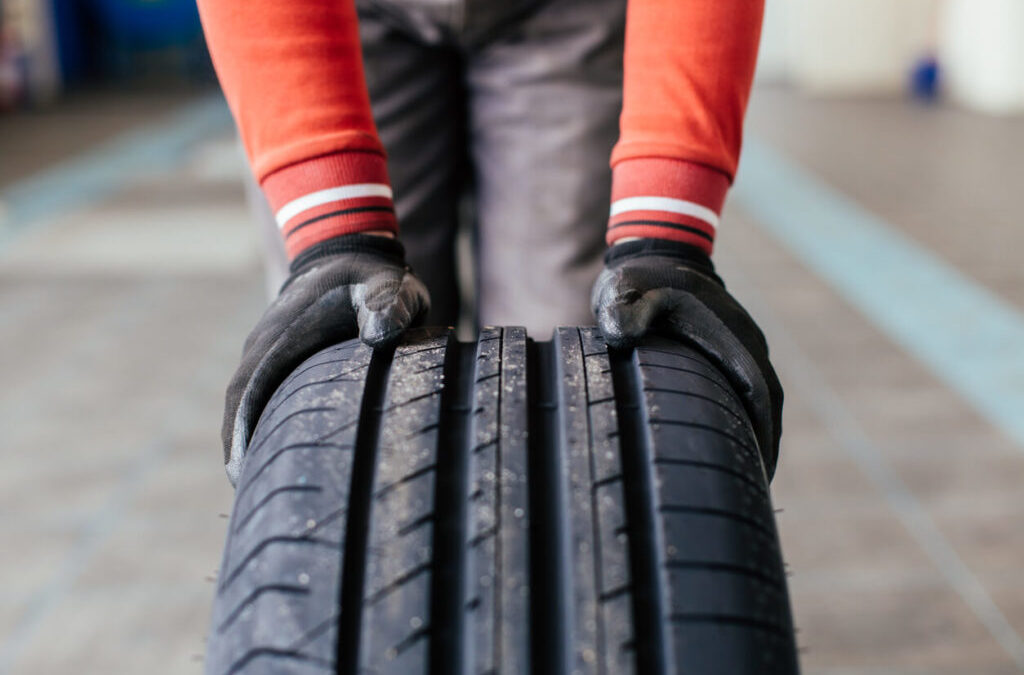Safety on the road is the number one priority for most car drivers, everyone wants to get home safely. No matter what car you drive, the condition of your tyres is more influential in the safety of your car and the way it grips the road than almost anything else. It doesn’t matter how many safety features your car is loaded with, if there’s no grip left on your tyres they don’t mean anything. Are you looking to purchase a used car and want to check how much distance you will get out of the tyres? Or do you need to replace your current car tyres and are looking at affordable used tyre options? Either way, it’s good to know all about tread depth, what is acceptable and what is not.
First, let’s start by looking at the main causes of tyre wear
Tyres will wear over time just by general use of the vehicle, however there are a couple of things that can lead to premature tyre wear:
- Improper inflation. If the tyre is under or overinflated then it’s not able to do the job it was designed to do properly, leading to the tyre wearing unevenly.
- Incorrect air pressure. Check the air pressure in your car’s tyres at least once a month with an air pressure gauge, and don’t forget to check the spare too. The manufacturer’s air pressure specifications are usually on a placard on the inside edge of the driver’s door or along a door jamb.
- Improper wheel alignment. This may also lead to your tyres wearing unevenly and prematurely. If your car’s wheels are out of alignment, you should be able to feel a slight tugging through the steering wheel.
What’s the legal minimum tread depth?
The average tyre has around 8mm of tread depth when brand new. When tread depth gets down to 3mm, it is recommended you replace your tyres and at the minimum tread depth of 1.5mm, the tyres are considered worn out and must be replaced. Failing to do so and continuing to drive on tyres with this tread depth or below will severely compromise safety and may endanger your life and the lives of those on the road around you. It may also lead to hefty fines and even demerit points. So when purchasing used tyres, it’s imperative you check the tread depth – if it is at 3mm or below steer clear!
Other things to look out for when buying used tyres
We have discussed the importance of tread depth, but what else can you check when looking at used tyres?
- Exposed Cords: Look carefully at the tread surface all around. Irregular wear can expose the braided steel cords inside the tyre. If you can see the cords, or even a few thin steel wires coming out of the tread, the tyre is dangerous.
- Improper Repairs: Make sure you look for punctures in the tyre, but also look inside and out for punctures that have been repaired. A proper repair is a full patch on the inside of the tyre. Definitely avoid large punctures or repaired punctures located within a few centimetres of either sidewall.
- Linear Damage. Signs of damage at the liner of the tyre, such as a stripe of wear around the sidewall that appears softer or has the presence of rubber dust, indicate that the tyre is unsafe for driving.
AME Automotive is a major supplier of new & used tyres in Canning Vale, Perth and we ensure only quality used tyres are made available for sale to our customers. Our friendly and experienced staff can provide professional advice to ensure that you select the right tyres for your vehicle and budget so don’t wait, visit our Canning Vale store today.

